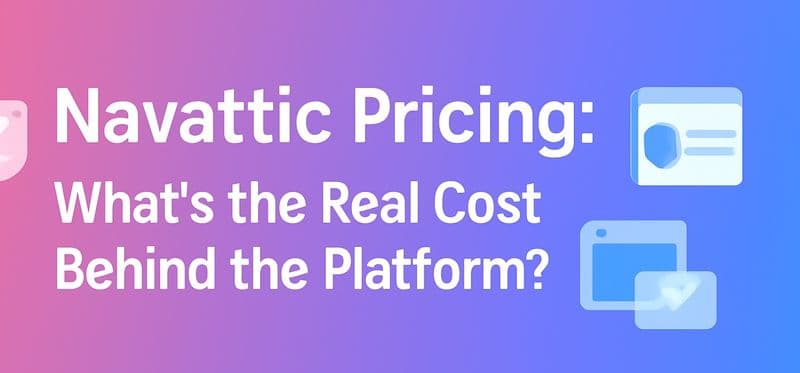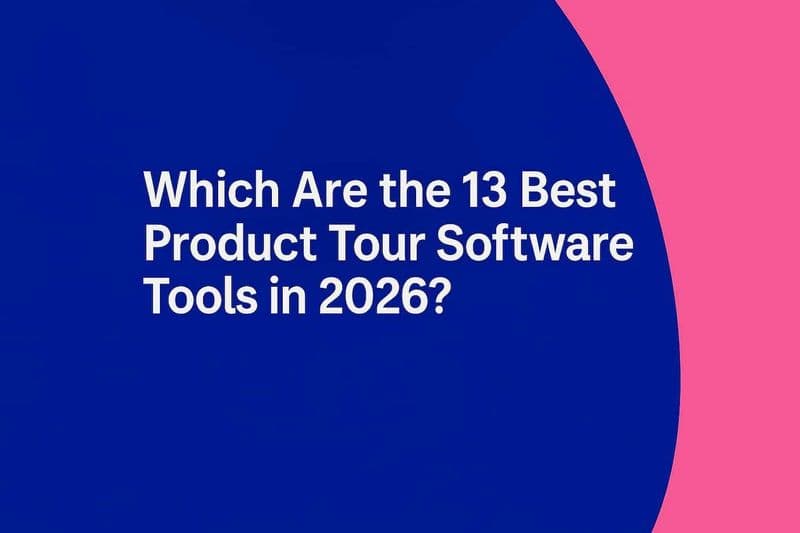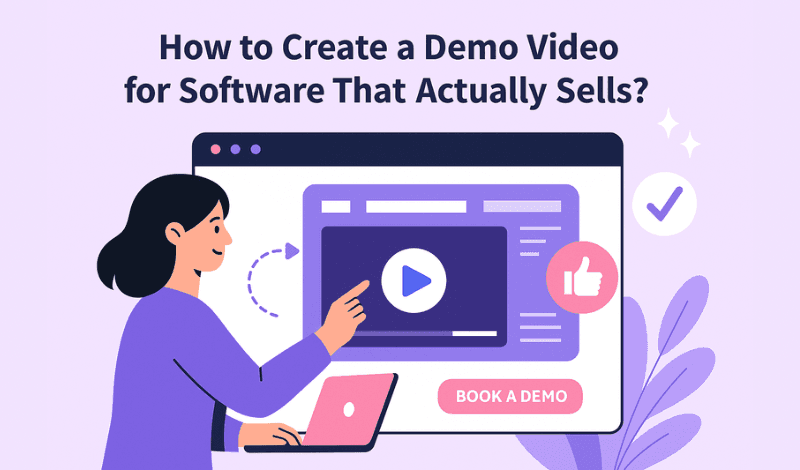
TL;DR
|
Most demo videos miss the mark. They’re slow, filled with endless feature lists, and more likely to put someone to sleep than convince them to buy. If you’ve ever sat through one, you know exactly what it means: a cursor floating across the screen while a dull voiceover drones on.
The problem is, your audience doesn’t have time for that. They want to know, in the first 30 seconds, if your product can solve their problem. If your demo doesn’t hook them fast, they’ll click away. That means lost attention, lost leads, and lost revenue.
And here’s the proof: about 74% of people say a video convinced them to download or buy a software product, making the case for a strong demo clearer than ever.
The good news? Creating a software demo video that converts fast isn’t rocket science. In this blog, we’ll show you exactly how to make a demo video for software to ensure your demo is short, sharp, and high-impact, and how SmartCue helps you build one in minutes, not weeks.
What Is a Demo Video for Software?
At its core, a software demo video is your product’s elevator pitch, but visual, interactive, and designed to get prospects hooked in under two minutes. Instead of asking people to read through features or sit through a long sales call, you show them what your product can do, how it solves their problem, and why it’s worth their time.
A strong demo video isn’t just a screen recording with narration. It’s structured to guide viewers through a clear journey. Here’s the flow that makes it work:
Who it’s for → set the context quickly.
What problem it solves → address the pain point.
How it works in action → real workflows, not just static menus.
The “this is it” moment → highlight the value that makes them think, “I need this.”
Next step → a clear call to action.
What makes today’s demo videos even more powerful is interactivity. Instead of passively watching, prospects can click through guided flows, see tooltips, and explore features that matter to them. Think of it as the difference between watching someone drive a car versus taking it for a test drive yourself. Interactive demos give users that hands-on experience, without needing your sales team on the call.
What Should a Product Demo Video Include (and How Long Should It Be)?
If you strip away the fluff, a good product demo video really needs just four things. Miss one of these, and chances are your viewer will tune out before you even get to the good part. ContractKen nailed this approach with a demo video they built on SmartCue, showing exactly how each step should land.
1. Description
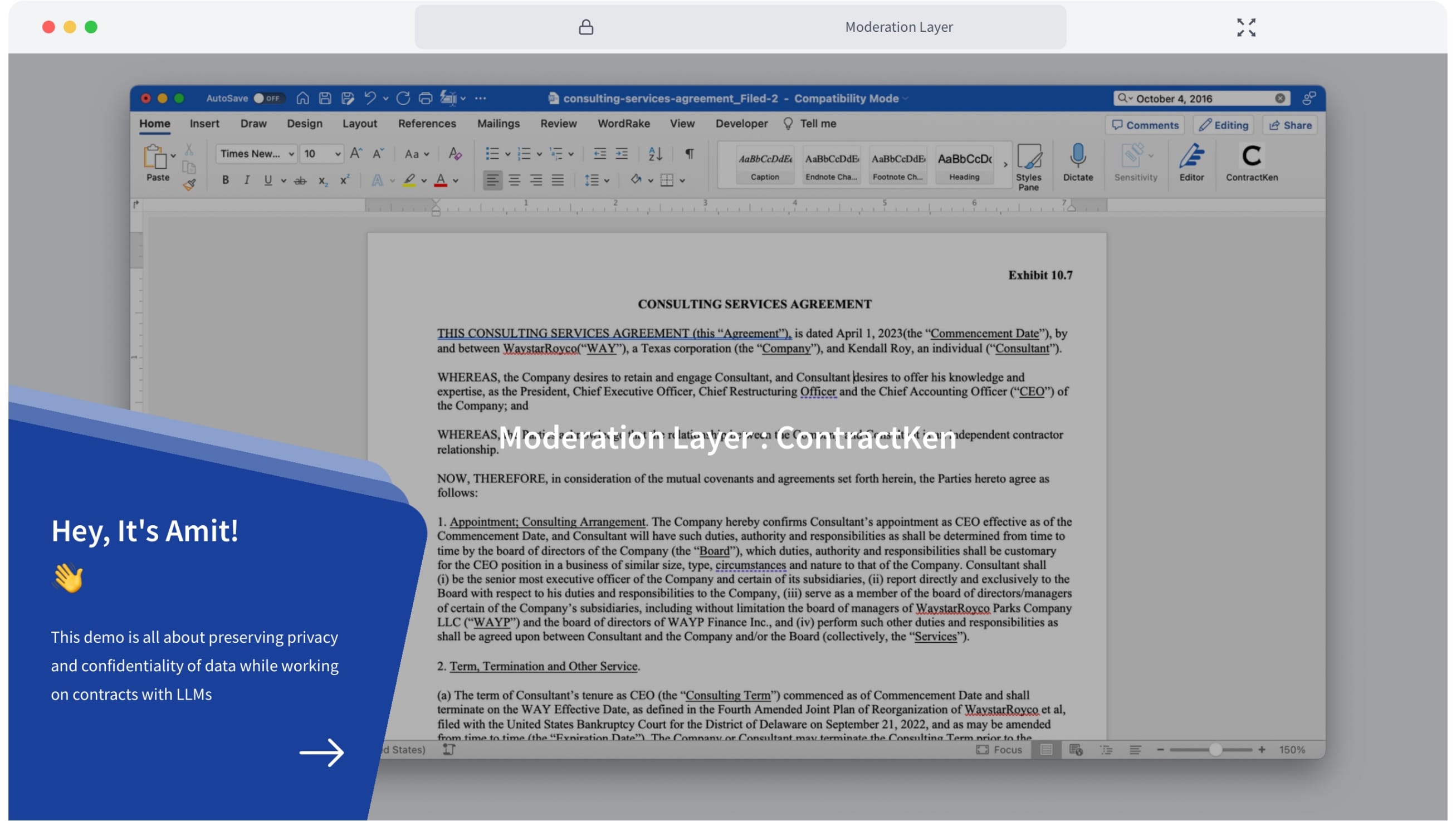
Start with what your product actually does. If you skip this, people will spend the entire video guessing instead of paying attention.
2. Solution
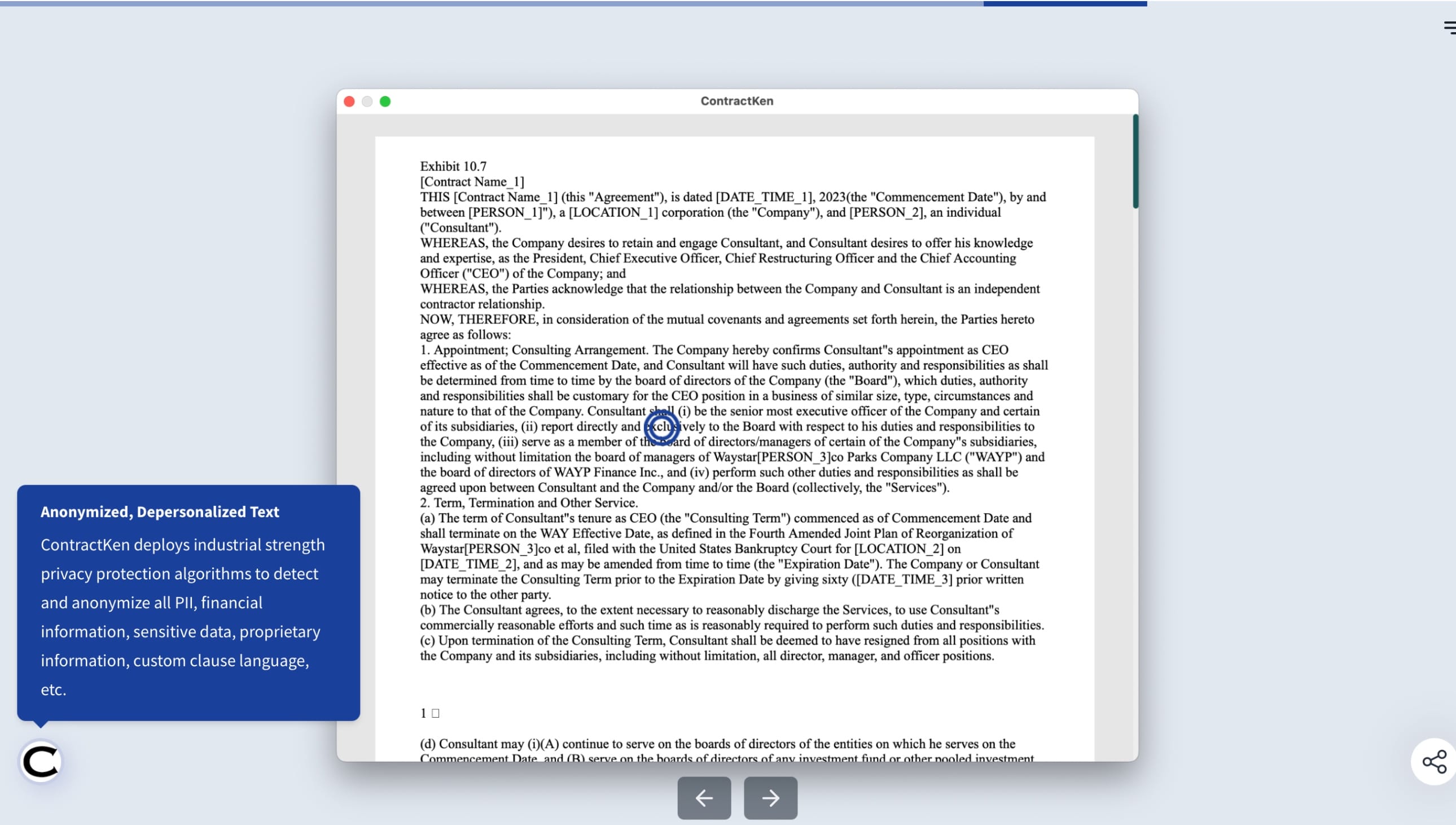
Spell out the problem you’re solving and why your approach is better. Otherwise, you risk sounding like every other tool in the market.
3. Demonstration
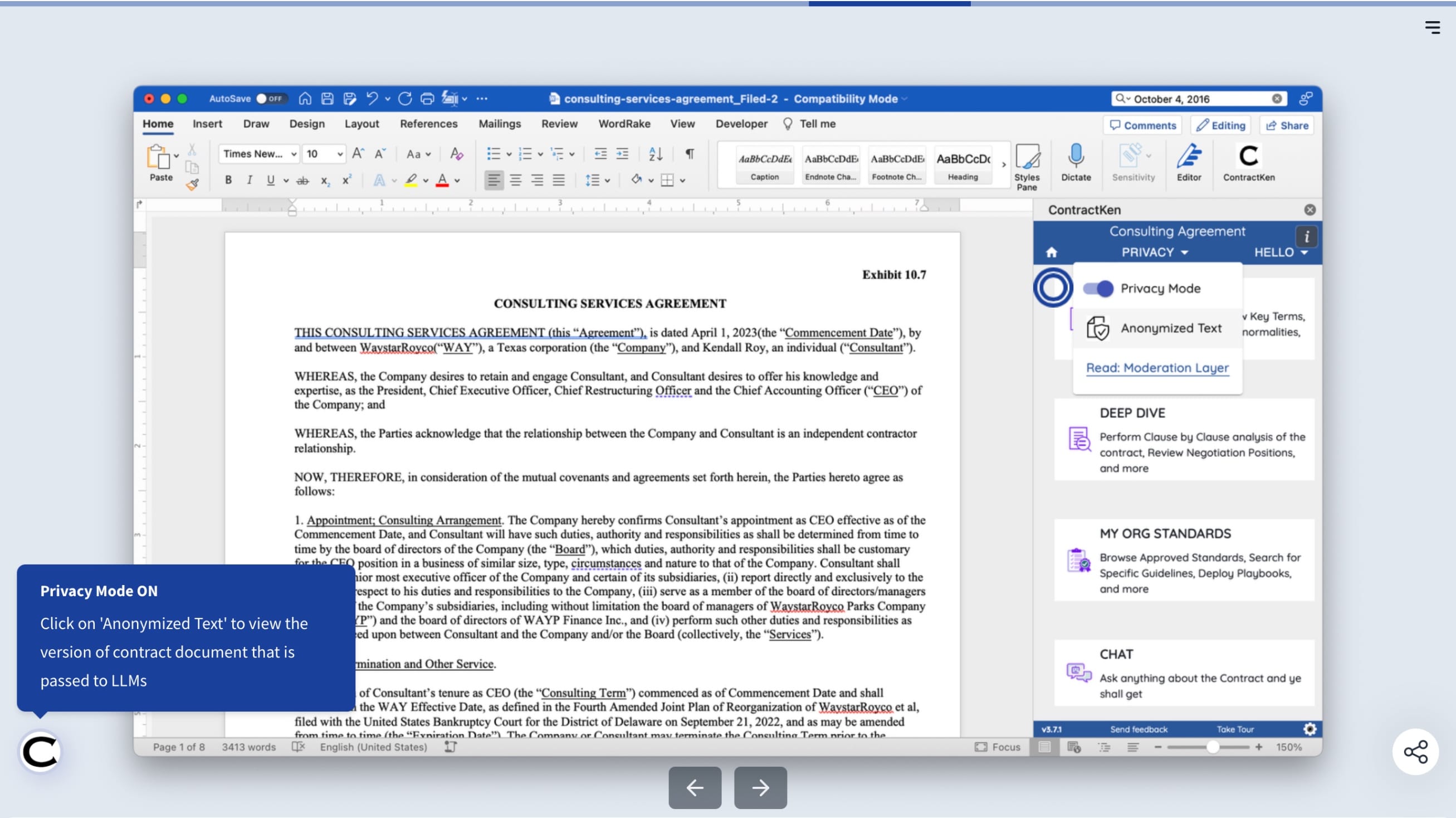
Show the product in action: real clicks, real workflows. A static menu tour is the fastest way to make a prospect bounce.
4. Call-to-Action
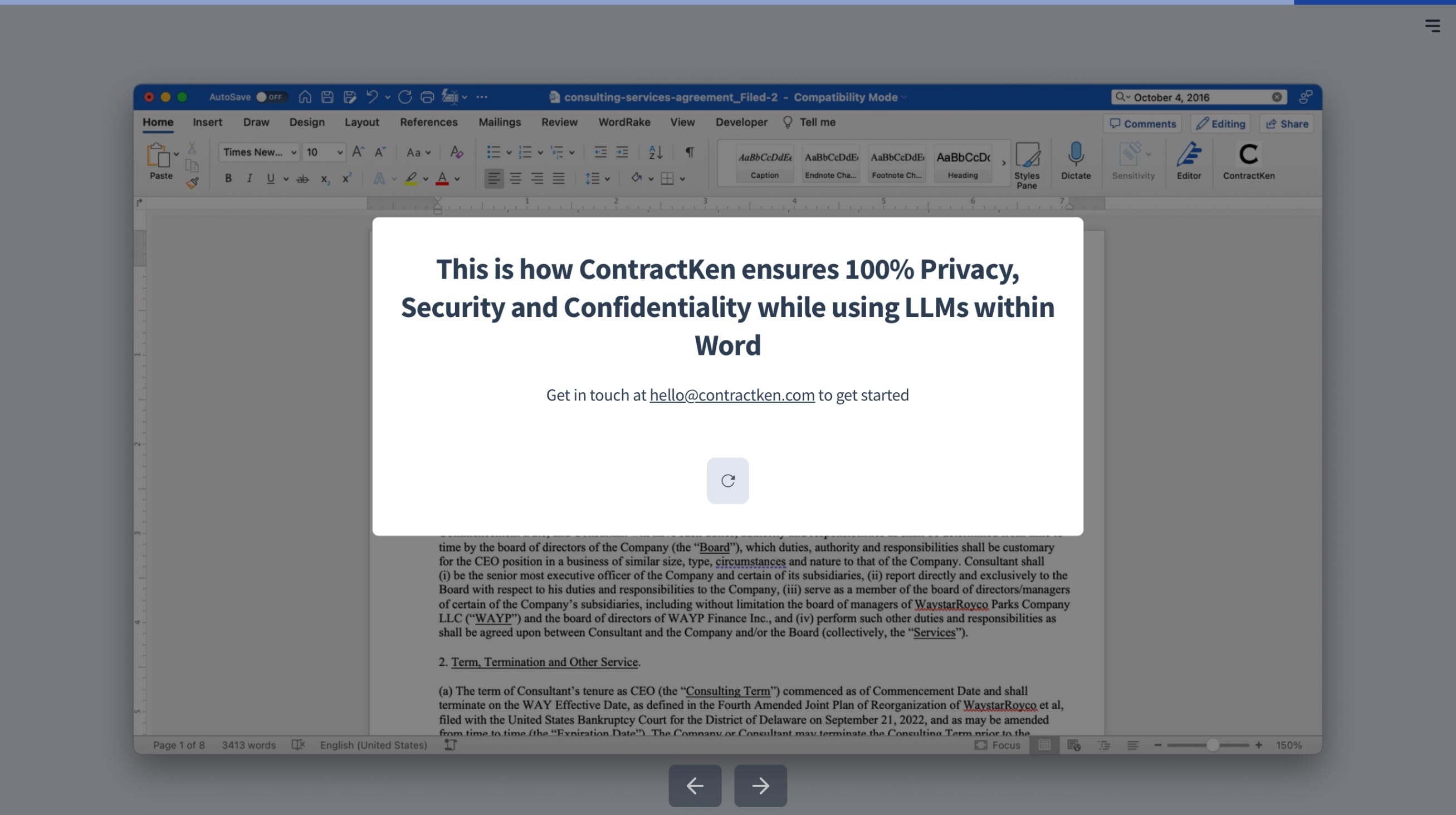
Don’t leave viewers hanging. Tell them exactly what to do next: sign up, book a demo, or start a free trial. Without it, all you’ve done is entertain them for two minutes with no outcome.
How Long Should a Demo Video Be for Maximum Impact?
Here’s the truth: if your demo drags, you lose. Most viewers will drop off in under two minutes if you can’t get to the point. That’s why the sweet spot for a product demo is 60 to 120 seconds.
Keep it short: Long-winded explanations make people click away faster than you think.
Get to the hook: Lead with what matters most in the first 30 seconds. That’s where you win or lose attention.
Go longer only when it makes sense: Save deep dives, tutorials, and onboarding walkthroughs for prospects who’ve already shown serious interest.
The goal isn’t to say everything about your product. It’s to say just enough to make them think, “This is worth my time; I need to try it.”
What Happens When You Nail Your Product Demo Video?
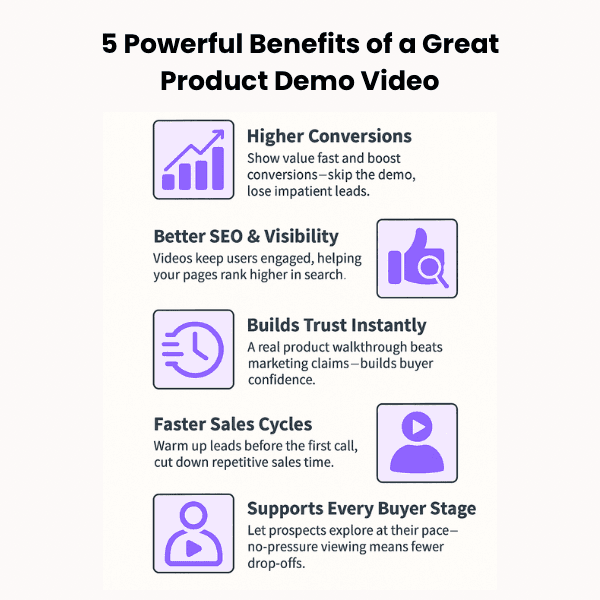
Let’s be real, if you’re not using demo videos the right way, you’re leaving money (and customers) on the table. Here’s why they matter:
Conversions & ROI: A sharp demo video can double or even triple your conversion rate because it shows value faster than any sales pitch. Skip it, and you’ll keep losing leads who don’t have the patience to book a live demo just to “see how it works.”
SEO & Visibility: Google loves video. Demo videos keep people on your page longer, which signals relevance and pushes your site higher in search results. Without them, you risk staying invisible while competitors with video get all the clicks.
Trust & Credibility: Buyers are skeptical; they’ve been burned by overpromises. A demo video proves your product works in the real world. If you don’t show it, you’ll sound like every other brand claiming to “revolutionize workflows.”
Shorter Sales Cycles: Prospects who watch a demo walk into your pipeline already warmed up. That means fewer repetitive sales calls and deals that close faster. Without a demo, you’ll keep wasting hours explaining the same basics on every call.
Buyer Journey Alignment: Not everyone is ready to hop on a sales call. A demo video gives prospects an easy, low-pressure way to explore at their own pace. If you don’t provide that option, many will quietly drop out of your funnel before you even know they were there.
How to Make a Demo Video for Software with SmartCue?
Creating a product demo shouldn’t feel like a marathon project. With SmartCue, you can put together an interactive, engaging demo in minutes: no production crew, no heavy editing, no wasted time. Here’s how it works:
Step 1: Sign Up & Install the Chrome Extension
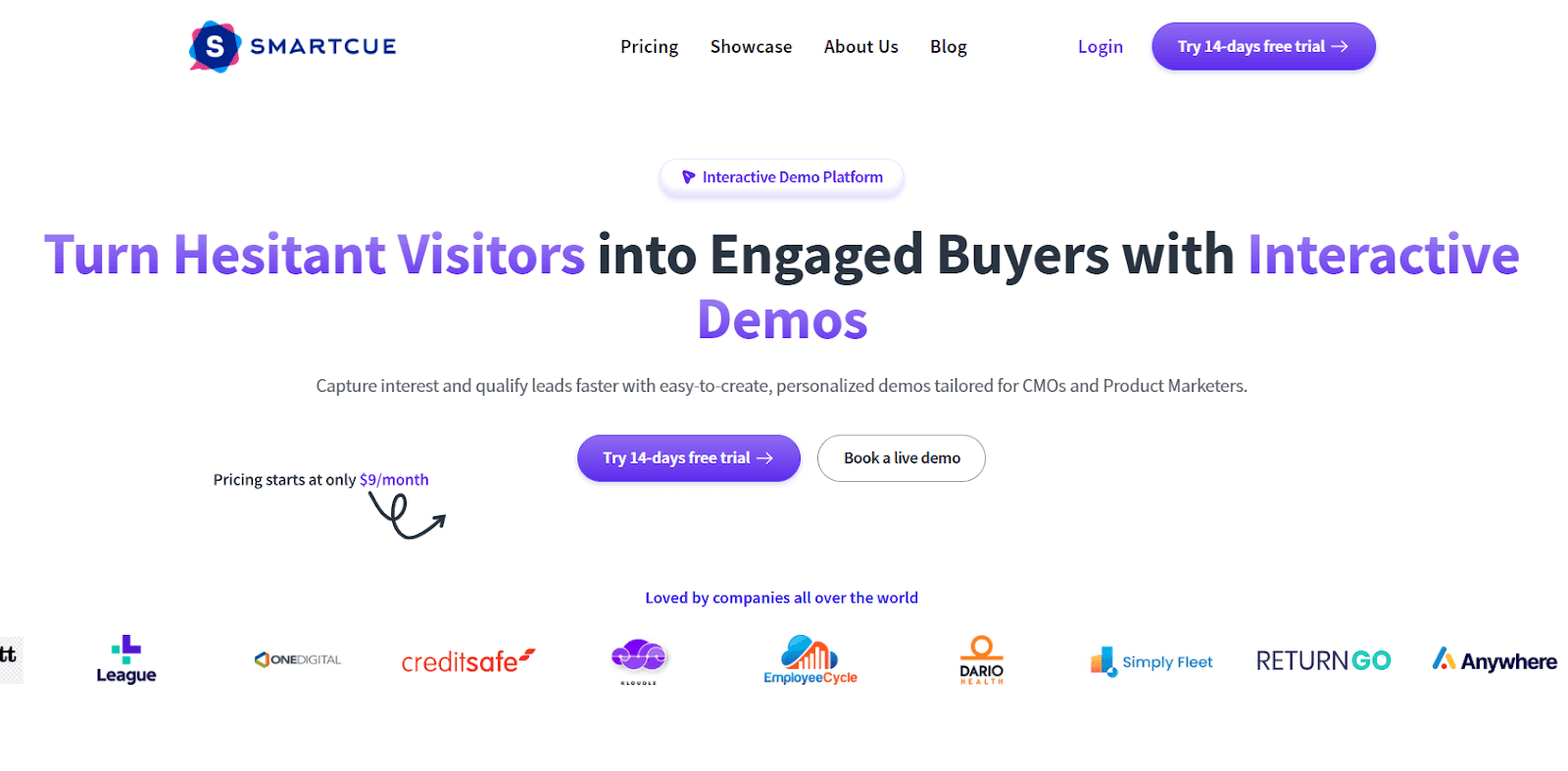
Start by signing up for SmartCue’s free trial and setting up your workspace. Once you install the one-click Chrome extension, you’re ready to capture your product in action.
Step 2: Capture & Build Your Demo
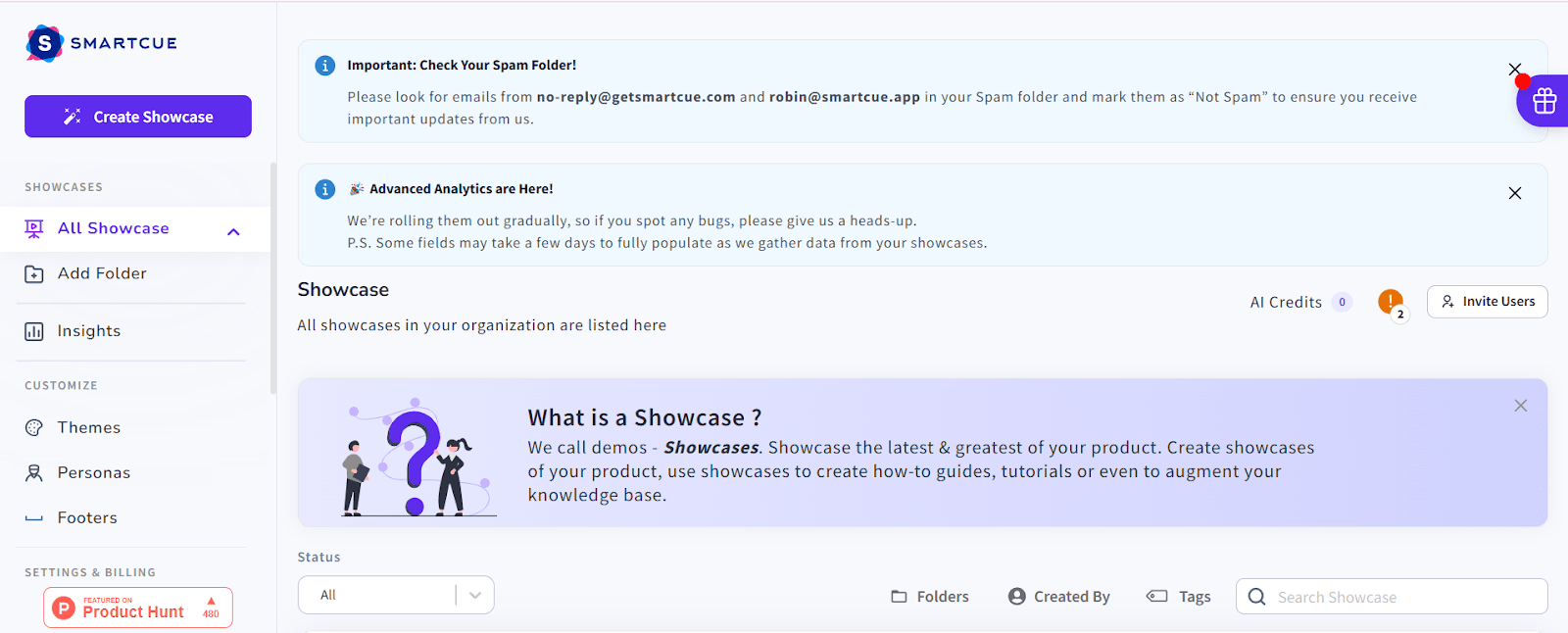
Record a walkthrough from scratch or grab a pre-built template to save time. SmartCue lets you capture specific flows and highlight the features that matter most, so prospects see value right away without getting lost in the noise.
Step 3: Customize for Clarity & Engagement
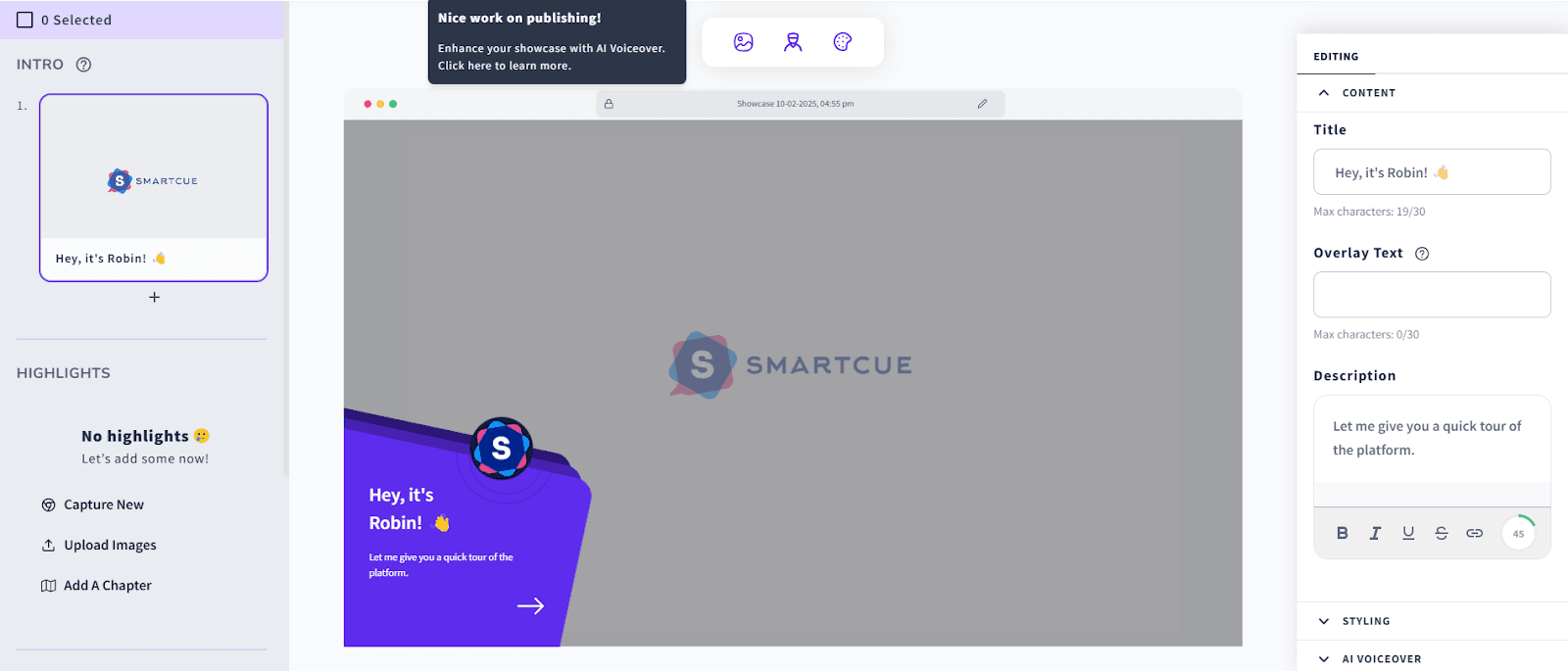
Raw recordings can be confusing. With SmartCue, you can layer in tooltips, text overlays, and interactive elements to guide your audience. Whether it’s pointing out a key feature or building a step-by-step flow, you control the story and keep viewers engaged.
Step 4: Share & Track Engagement
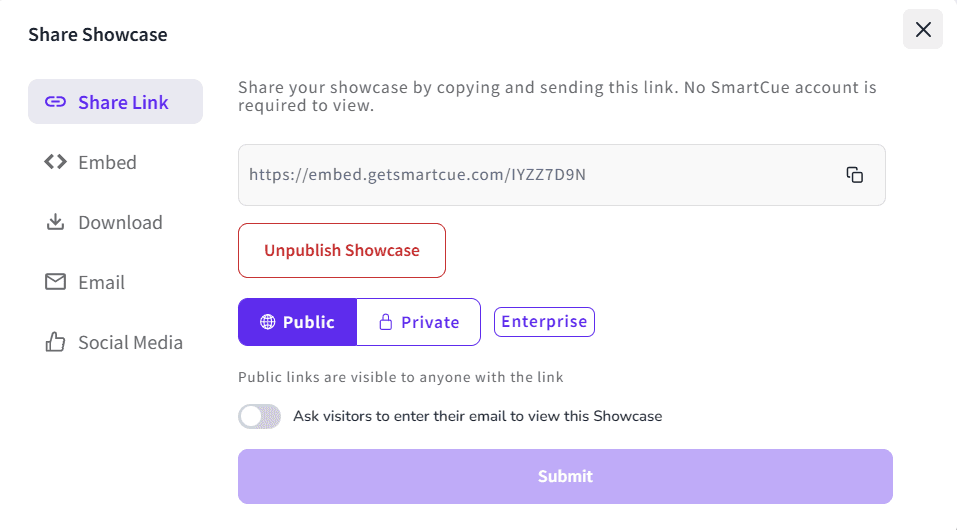
When your demo’s ready, you can publish and send it as a link, embed it on your site, or attach it to emails. But the real magic is in the analytics. SmartCue shows you exactly how prospects interact with your demo: what they clicked, where they dropped off, and which parts grabbed their attention. That way, you can fine-tune your sales pitch with data instead of guesswork.
Ready to see it in action? Try SmartCue free for 14 days and start building demo videos that win customers, without the endless editing hassle.
Why Choose SmartCue for Your Demo Videos?
There are plenty of tools out there that let you record a screen, but most stop there. SmartCue, a software demo video company, is built specifically for SaaS and sales teams who need demos that actually move the needle. Here’s why it stands out:
Fast & Easy Setup: Get started in minutes with a simple Chrome extension; no heavy onboarding, no technical roadblocks.
Interactive & Engaging: Add tooltips, callouts, and guided flows so prospects don’t just watch your product, but they experience it.
Actionable Insights: Track clicks, drop-offs, and feature engagement to see what resonates and what doesn’t. No more guessing what lost a deal.
Seamless Integrations: Works with HubSpot, Salesforce, Slack, and other tools your team already uses, so data flows where it should.
Affordable & Scalable: At $99/year, SmartCue is accessible for startups yet powerful enough to scale across larger teams.
Always Up-to-Date: Update demos instantly as your product evolves. No need to re-record everything when one feature changes.
Custom Branding: Make your demo look like an extension of your product, not a generic video.
SmartCue isn’t just about creating or recording demo videos; it’s about creating conversion-ready experiences that save time, shorten sales cycles, and give your team the confidence that every prospect is seeing your product at its best.
Want to see how SmartCue helped NexLvl build 175+ interactive demos and boost adoption by 30%? Read the full case study here.
Real Brands, Real Wins: 4 SaaS Demos That Hit the Mark
Let’s be honest, most product demos feel like a dull Zoom call no one asked for. But a few smart SaaS teams flipped the script. They stopped “telling” and started showing, using SmartCue to create demos that actually do the selling for them.
Here’s how three companies nailed it:
1. Strell: The “Let-Me-Try-It-Myself” SEO Demo
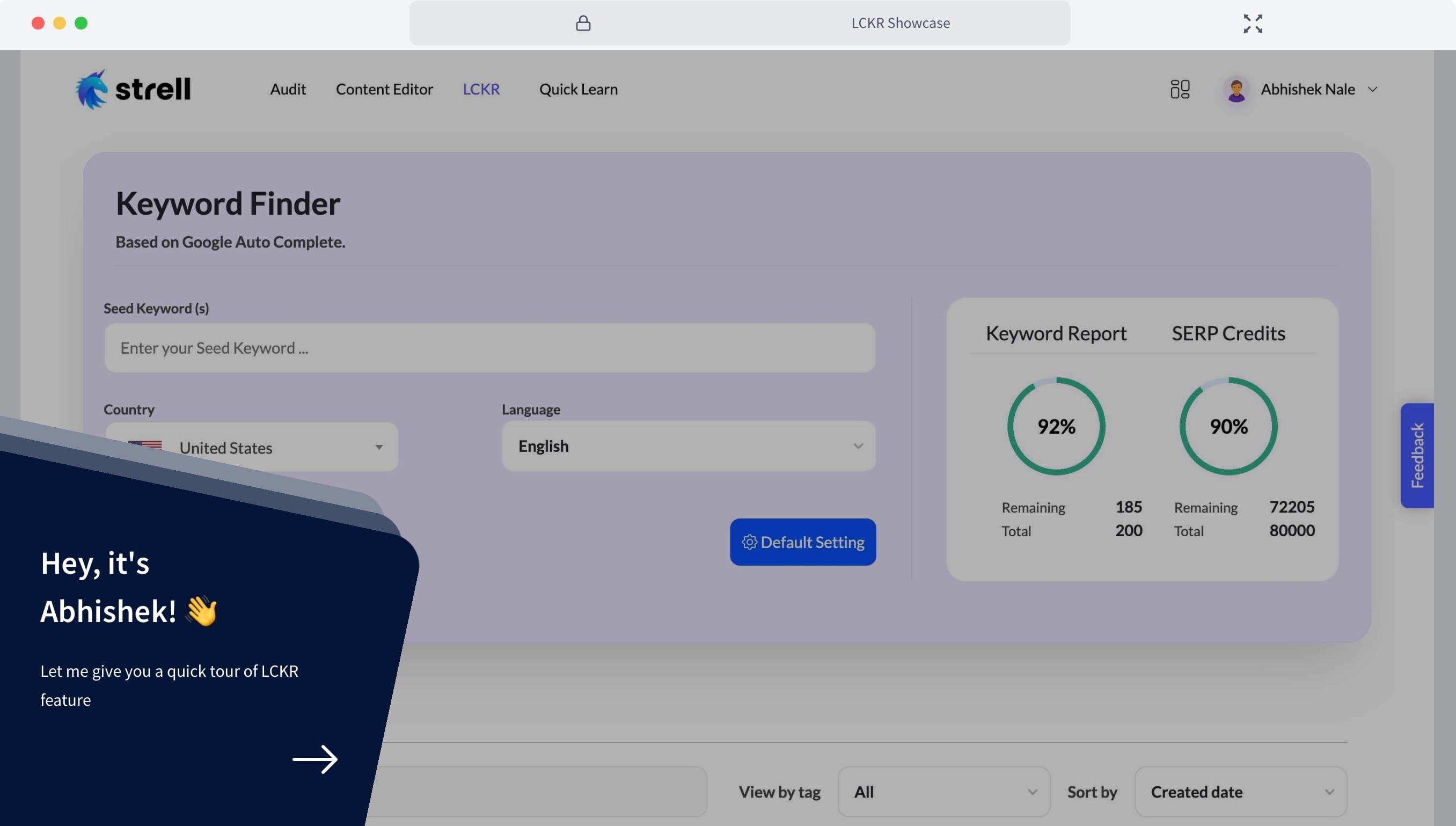
What they do: AI-powered SEO content optimization
Instead of cramming every AI feature into a static video, Strell hands control to the user. Their SmartCue-powered demo is short, self-guided, and lets you interact with the product, from tweaking fonts to optimizing pages in real time.
Why it works:
Lets users feel the AI value (not just hear about it)
No sales pitch; just click, explore, and see results
Shows not just what it is, but how it improves your workflow
This isn’t a demo that sells features. It sells outcomes.
2. Guardey: Cybersecurity Without the Scary Tech Talk
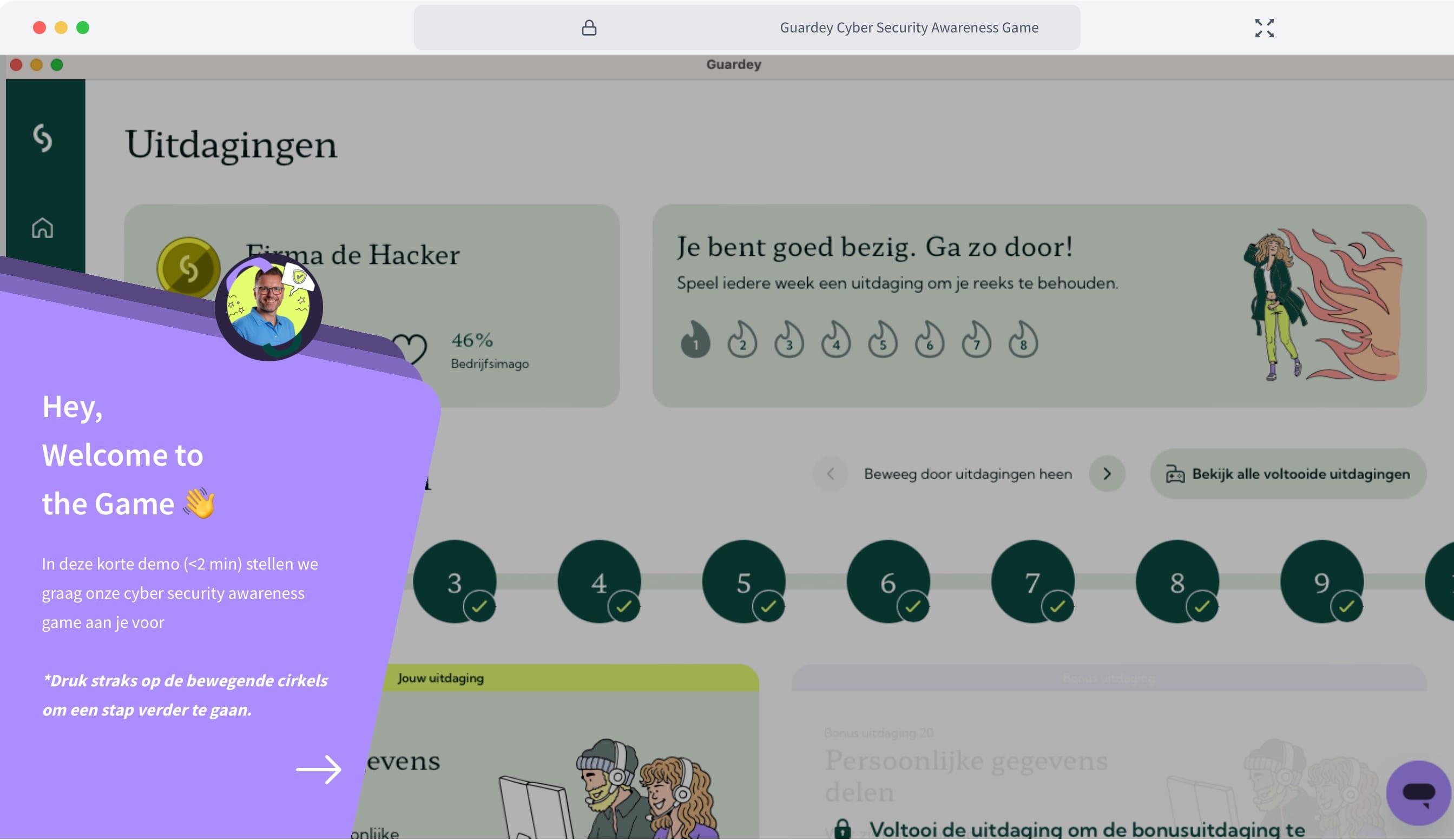
What they do: Simplified cybersecurity for businesses
Security tools are often overwhelming, and Guardey gets that. Their interactive demo doesn’t drop you into a maze of dashboards. Instead, it walks you through real-world threat scenarios in plain English. No jargon. No hand-holding needed.
Why it works:
Click-through stories show how Guardey reacts to threats
Makes complex features feel intuitive
Builds confidence by doing, not just explaining
Guardey turned a tough product category into an approachable, engaging experience, and that’s no small feat.
3. Kloudle: Demo That Doesn’t Slow Devs Down
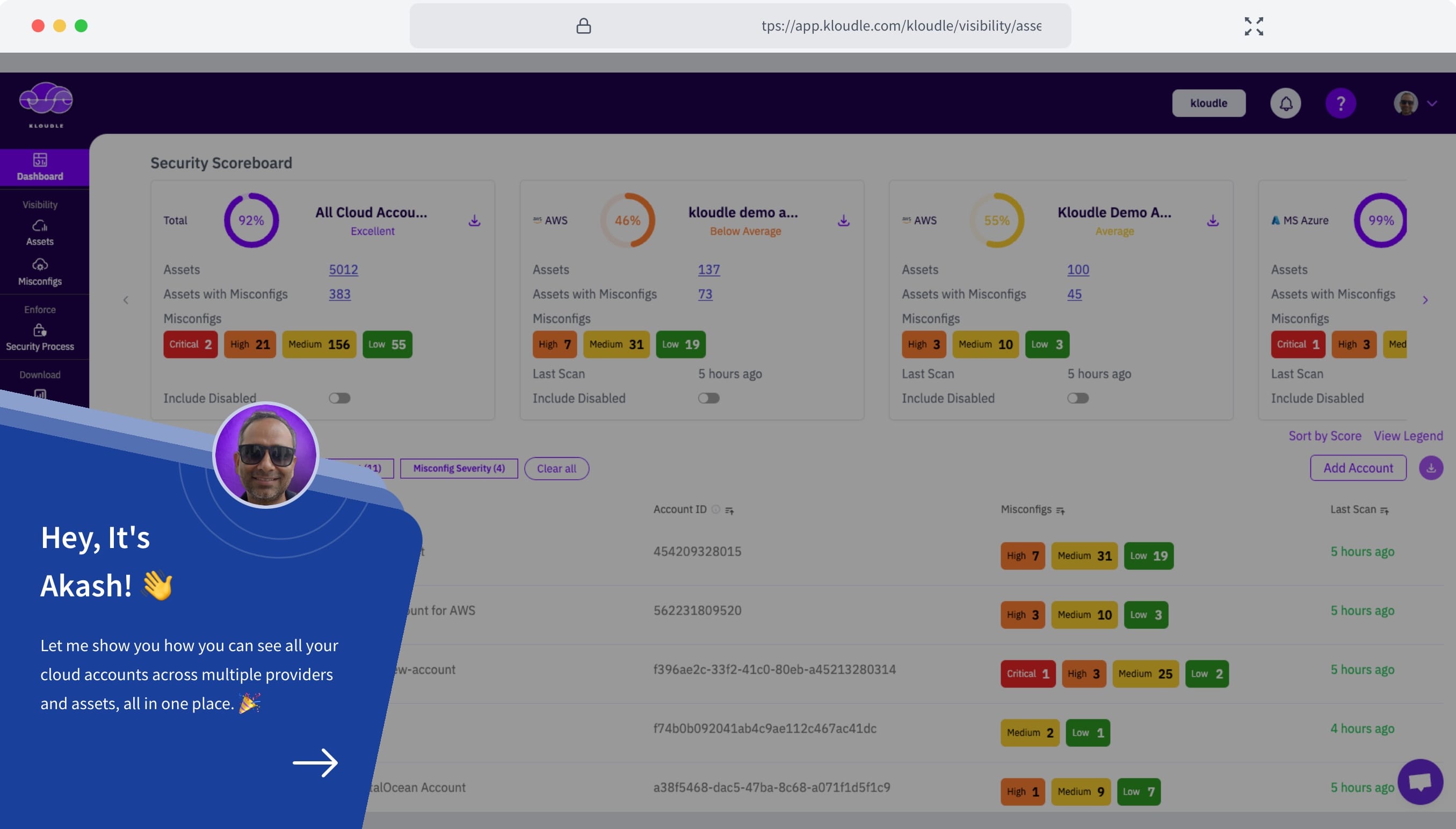
What they do: Cloud security automation for developers
Developers don’t want a sales lecture; they want to know if your tool fits their flow. Kloudle gets straight to the point with a use-case-first, click-to-learn demo that shows how their automation catches misconfigurations before they cause problems.
Why it works:
Focused walkthroughs based on real dev scenarios
No filler, just what a dev needs to know, fast
Demo doubles as an onboarding tool
It’s like a product tour and tutorial rolled into one: engineered for speed and clarity.
4. NexLvL
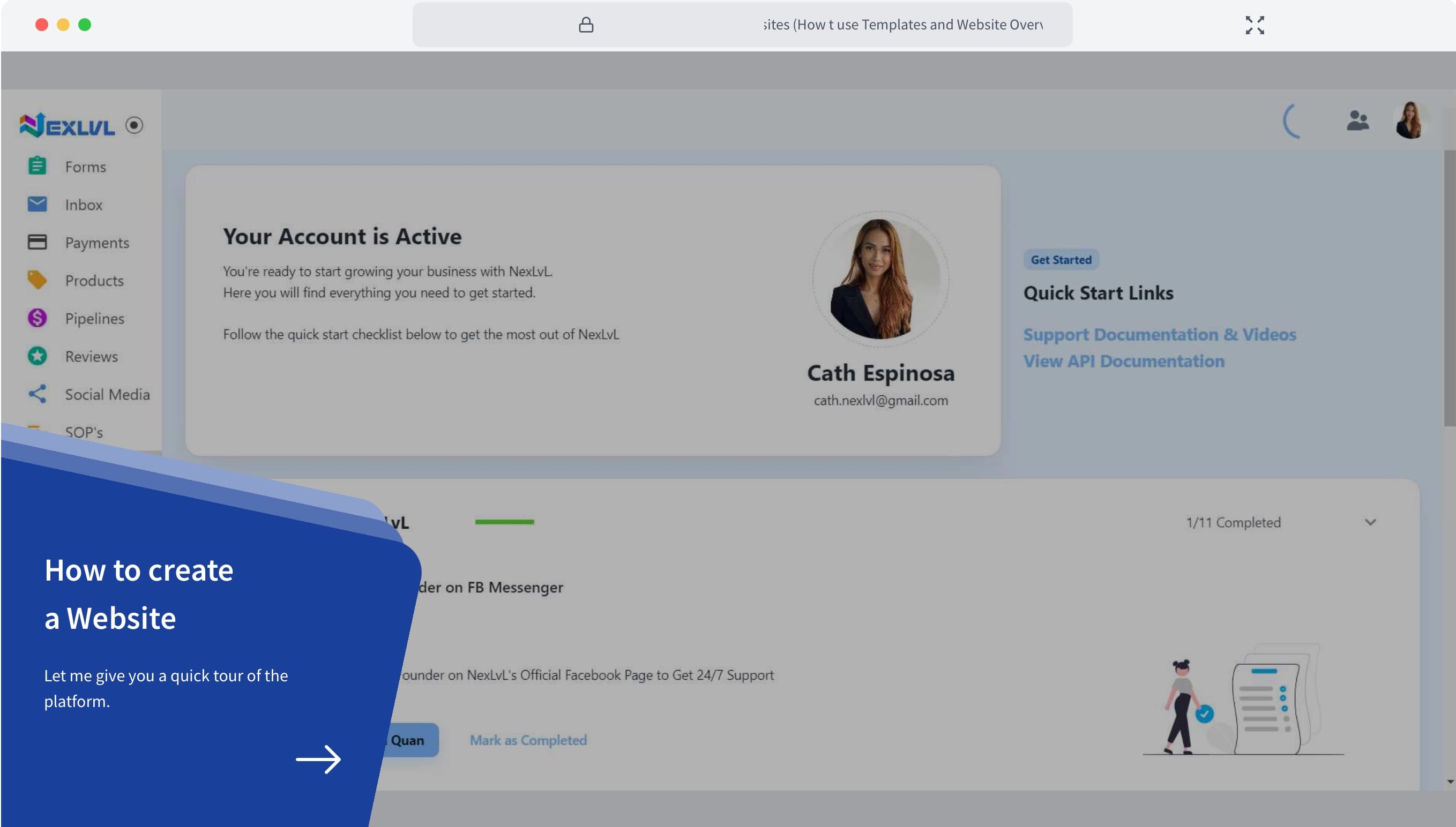
What they do: AI-powered CRM with automation and chatbots.
NexLvL, an AI-powered CRM platform, ditched the boring static tour and went all in with SmartCue. Instead of making users guess what the product can do, they embedded an interactive demo directly on their site. No signup wall. No fluff. Just straight to the value.
Why this demo drives results:
Embedded product tours let prospects explore features without leaving the page
Interactive walkthroughs highlight automation, AI logic, and workflows
Conversion-focused design led to a 30% boost in adoption
By putting the product in users' hands upfront, NexLvL turned casual visitors into seriously interested leads, all without a single live demo.
Where Should You Promote Your Product Demo Video?
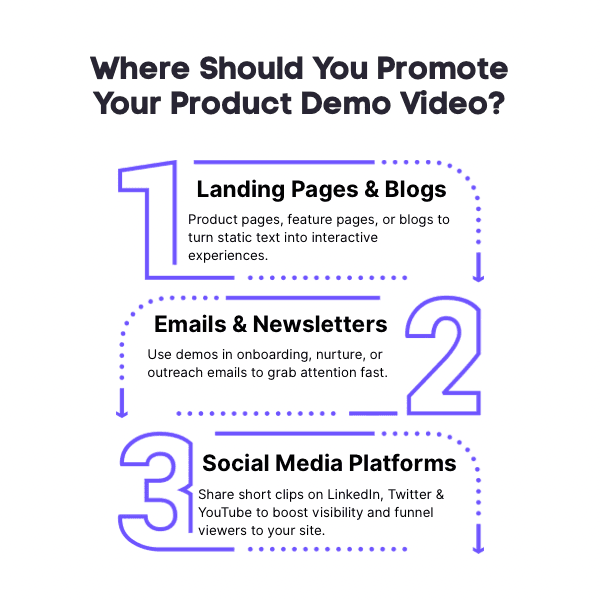
Creating a demo video is only half the job. The real magic happens when you share it in the right places, where your prospects are already paying attention. Here’s where your demo can have the biggest impact:
Landing Pages & Blogs: Think of your demo as the centrepiece of your website. Placing it on product pages, feature pages, or even in blog posts turns static text into a hands-on experience. Visitors don’t just read about what you offer; they see it in action, which makes them far more likely to take the next step.
Emails & Newsletters: Whether it’s onboarding emails, nurture campaigns, or even outreach, dropping in a demo video is an instant attention-grabber. It’s a quick way to cut through the clutter and show value without asking readers to wade through paragraphs of copy.
Social Media Platforms & YouTube: Short demo clips are perfect for LinkedIn, Twitter, and YouTube. They spark curiosity, build awareness, and funnel people straight back to your site. Even better, these platforms reward video content with higher visibility, meaning your demo can reach more of the right audience with less effort.
When you put your software demonstration video in the right channels, it doesn’t just sit there; it works for you 24/7, building awareness and nudging prospects closer to “yes.”
Why Do Demo Videos Matter Now More Than Ever?
Making a demo video for a software product matter now more than ever because they’ve become one of the most powerful tools you can give your sales and marketing teams. When you create a product video with simplicity at its core, you remove friction and make it easy for your target audience to see value right away.
The best demos speak directly to potential customers, showing them not every feature, but the right use cases that matter to their needs. That’s what turns curiosity into action.
With SmartCue, you don’t need a big software demo video production team or weeks of editing. You can design interactive, engaging demos that scale, work across every channel, and deliver the kind of clarity that helps your product sell itself.
Frequently Asked Questions
What is the best tool to make demo videos?
The best software for creating demo videos depends on your goals. For fast, interactive demos with analytics, SmartCue is a strong choice. Other software demo video maker options include Storylane or Navattic, but SmartCue keeps things simple, affordable, and scalable for SaaS and sales teams.
What common mistakes should I avoid when creating a software demo video?
Avoid making your demo too long, cramming in every feature, or skipping a clear call-to-action. Many teams also forget subtitles or captions, which is critical since most viewers watch without sound. Keep it short, structured, and focused on value.
How do I measure the success of my software demo video?
Track more than views. Look at engagement metrics: where viewers drop off, which features get the most clicks, and whether they take the next step (trial sign-up, booking a demo). High engagement plus conversions is the real success marker.
Will SmartCue demos work smoothly across different devices?
Yes. SmartCue’s interactive demos are fully responsive and optimized for desktops, tablets, and mobile devices. This means every prospect, regardless of where they view it, gets a smooth and consistent experience: no glitches, no missed details.
Who benefits the most from software demo videos?
Software demo videos are especially valuable for SaaS companies, sales teams, and product marketers. They help prospects understand value quickly, reduce time spent on repetitive live demos, and make it easier for buyers at any stage to engage and convert.

